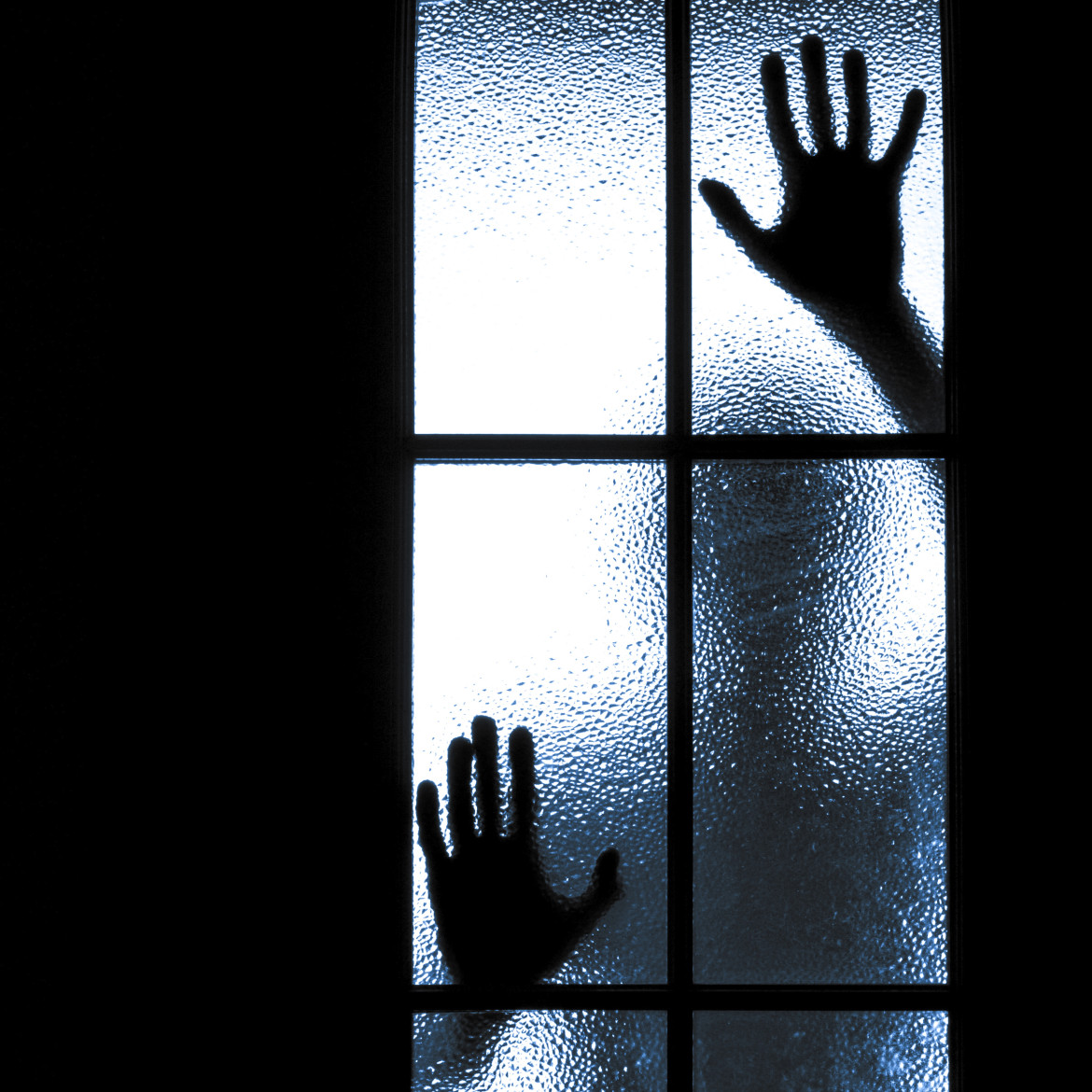
“It’s extremely important when a youth is detained for someone to sit down and get a feel for where they are and assess them for any kind of risky behavior that’s going on, but particularly if they’re having thoughts about hurting themselves,” said Karen Abram.
All juvenile detention centers should carefully screen incoming detainees for suicidal thoughts and inclinations, says a prominent expert on suicide risk among youths in detention.
Psychologist Karen M. Abram, an associate professor in the Department of Psychiatry and Behavioral Sciences at Northwestern University’s Feinberg School of Medicine, pointed to research showing incarcerated youth die of suicide at a rate two to three times higher than that of youths in the general population.
Abram, also associate director of Health Disparities and Public Policy in the department, is the lead researcher on a study highlighted by the federal Office of Juvenile Justice and Delinquency Prevention in a bulletin, “Suicidal Thoughts and Behaviors Among Detained Youth.”
The Northwestern Juvenile Project looked at 1,829 youth between the ages of 10 and 18 detained at the Cook County Juvenile Temporary Detention Center in Chicago.
The OJJDP bulletin said most juvenile detention facilities do not provide “adequate” screenings for suicide risk.
Abram said detention centers need more resources to provide quality screenings.
She said many facilities use correctional offers to do initial screenings, and if the officers notice troubling signs, youths are sent to a psychologist, while other facilities rely on mental health professionals for the initial screenings.
Abram stressed the need for training staff to do the suicide screenings “to raise consciousness (about suicide risk) for all those involved with youths at the different points of contact within the justice system.”
Staff – including correctional officers, if they do initial screenings – should be trained on what sort of questions to ask and how to recognize signs of suicide risk, she said.
“It’s extremely important when a youth is detained for someone to sit down and get a feel for where they are and assess them for any kind of risky behavior that’s going on, but particularly if they’re having thoughts about hurting themselves,” Abram said.
“There’s definitely evidence that the detention centers that do screening have lower rates of suicidal attempts. And so it’s very important to continue to emphasize detention centers must provide careful screening.”
Abram noted the study found that fewer than half the youth interviewed who had had recent thoughts of suicide had told anybody about the thoughts.
“So they’re not going to come out and tell you necessarily unless you really ask and ask in a way that makes it OK to talk about,” she said.
Abram said youths may not speak up about suicidal thoughts because of stigma, fear of what might happen to them if they do or the feeling they don’t have anyone trusted they can turn to.
Among the detainees, most of whom were interviewed within two days of incarceration:
- 11 percent had attempted suicide before incarceration, and their first suicide attempt was at an average age of 12.7 years old.
- About one in 10 had contemplated suicide within the past six months.
- More than one-third had thought a lot about death and dying in the past six months.
- A third felt feelings of hopelessness.
Research shows suicidal attempts often happen very shortly into detention, making it critical that screening be done soon after intake, Abram said.
She said many of the incarcerated youths had been exposed to a lot of trauma, abuse and maltreatment, and had lower intellectual functioning, more troubles at school and less family and social support than non-incarcerated peers.
“You sit with these youths in detention and maybe for the first few minutes, they seem very tough and they’ve been arrested for, many of them, very serious crimes,” Abram said.
“But,” she added, “when you sit with them for a while and you begin to talk with them, you recognize how much pain and trauma they have experienced in their young lives, and from that standpoint, these feelings aren’t that surprising.”
She noted many juvenile are detained for less than two weeks and said detention centers should not only screen them but also connect the youths and their families with services to help them.
“And I think that’s how you begin to avert the revolving door of kids continuing to get in trouble and then escalating and ending up in the adult criminal justice system,” Abram said.
“These youth who, despite having committed or being accused of committing some pretty serious crimes, are suffering and in a lot of pain, and we really need to view the whole person if we hope to stem the tide of rising delinquency and help them have a happy, productive life.”
